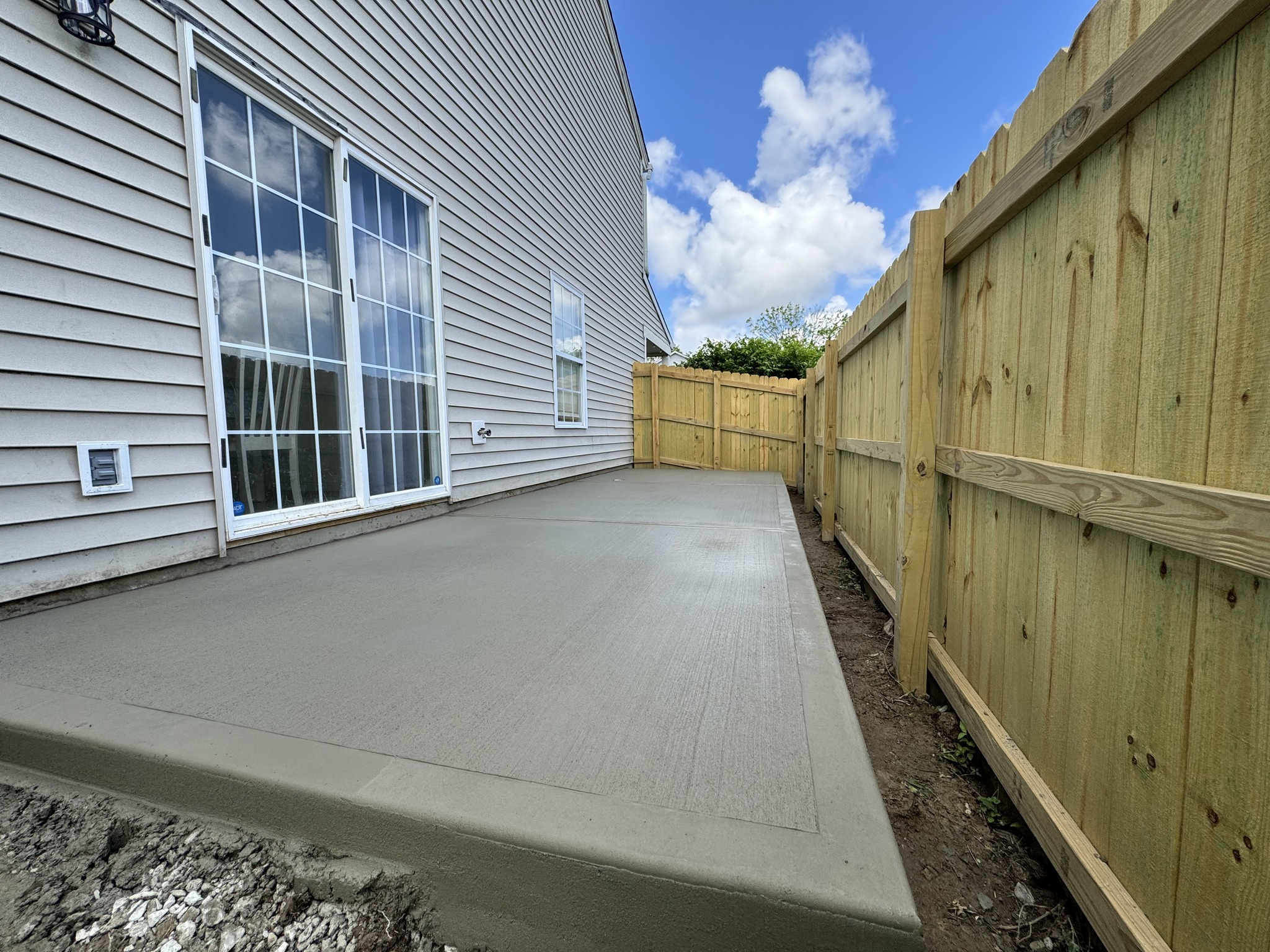
Demystifying Concrete: Understanding Its Role in Contemporary Architecture Jul 03, 2025
Concrete, often termed as liquid stone, has an innate ability to mold into various shapes and forms. This characteristic has brought about an architectural revolution where imagination is the only limitation. Architects are now pushing the blend of function and form, using concrete to shape stunning, innovative structures that would have been deemed impossible in the past. From creating smooth curves that mimic natural forms to developing geometric precision suited for ultramodern designs, concrete has become a medium for artistic and structural expression.
The beauty of concrete in contemporary architecture is not just skin deep. Its durability and strength are unmatched, making it an ideal choice for buildings that must withstand the test of time. Lightweight variants and the development of new techniques in reinforcing concrete have made it feasible for architects to design uniquely complex structures without compromising on safety or longevity. At H&R Concrete, we continually refine our methods to offer solutions that meet the cutting-edge demands of architects and engineers alike.
Incorporating sustainability into construction is no longer an optional consideration; it is a necessity. Concrete plays an essential role in this eco-conscious evolution because of its thermal mass properties, which contribute to energy efficiency. Buildings constructed with concrete maintain a consistent internal temperature, reducing the need for artificial heating or cooling systems. This results in lower energy consumption and a reduced carbon footprint. Furthermore, as recycling methods advance, the industry is leveraging these innovations to create eco-friendly concrete mixes, aligning with the global movement towards sustainable architecture.
The aesthetics of concrete have also drastically shifted to appeal to contemporary tastes. In the past, concrete’s utilitarian appearance was often concealed beneath layers of more appealing materials. However, modern applications celebrate its raw aesthetics, using finishes and treatments that enhance its natural texture and color. Polished concrete floors, exposed concrete walls, and decorative concrete surfaces now take prominent roles in interior and exterior design, adding a touch of industrial sophistication to homes and buildings.
Despite being a fundamental component, understanding concrete's role in architecture requires a grasp of its versatile properties and contemporary applications. At H&R Concrete, our commitment extends beyond providing quality materials; we aim to help clients and professionals leverage concrete’s potential fully. Whether you are an architect designing the next iconic structure or a homeowner looking to enhance your living space, our expertise is at your service, ensuring that every project is a testament to the power and beauty of concrete.
In conclusion, concrete’s role in contemporary architecture is indispensable, offering unparalleled structural benefits, sustainability, and a modern aesthetic appeal. As the landscape of architecture continuously evolves, it’s essential to choose materials that not only meet but exceed expectations. H&R Concrete is proud to be part of this dynamic industry, turning visions into reality with concrete as the cornerstone of innovation. Let us help you explore the boundless possibilities that concrete offers today.
/filters:no_upscale()/media/203210ff-094f-42a2-9093-cbf56f3c2f93.webp)
/filters:no_upscale()/filters:format(webp)/media/c072d2dd-6e4a-4753-97df-7a6e43b11ff1.jpg)